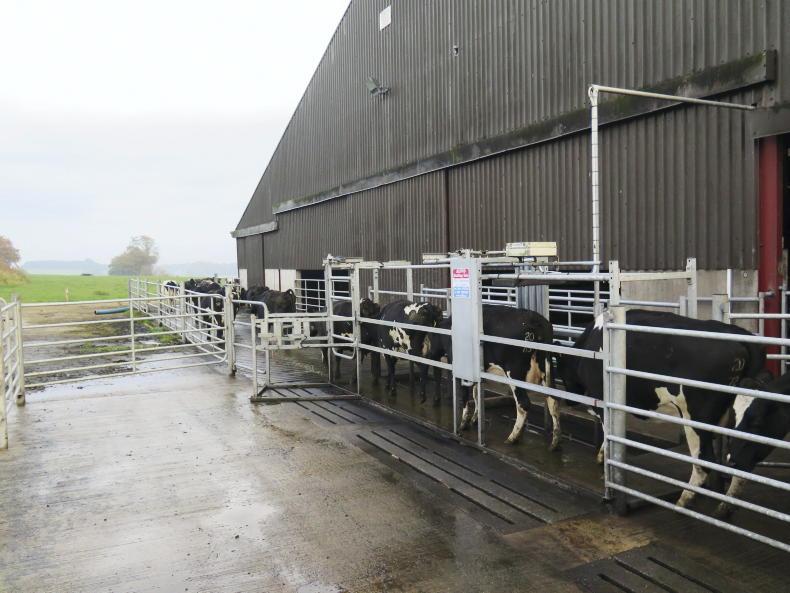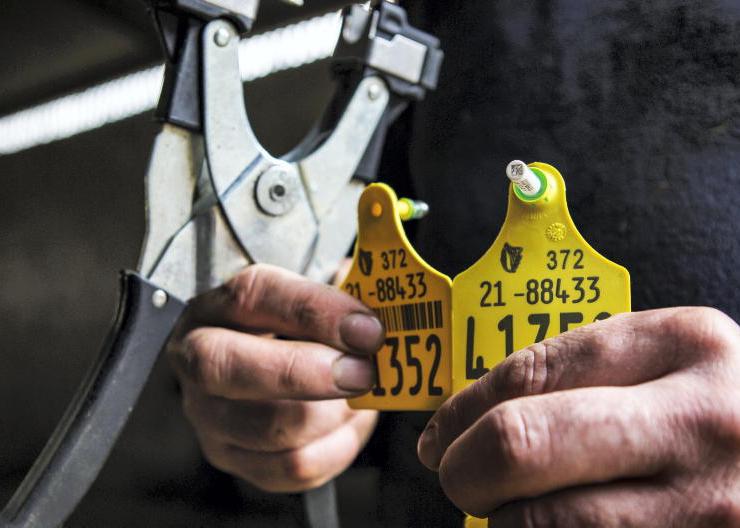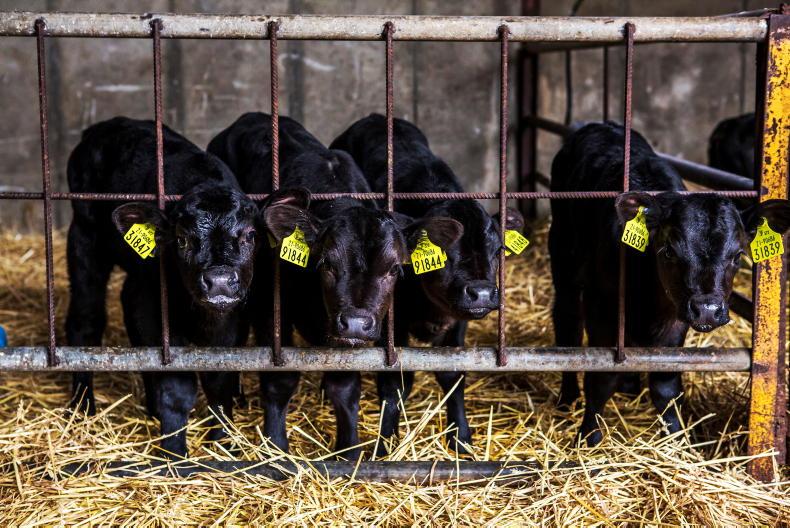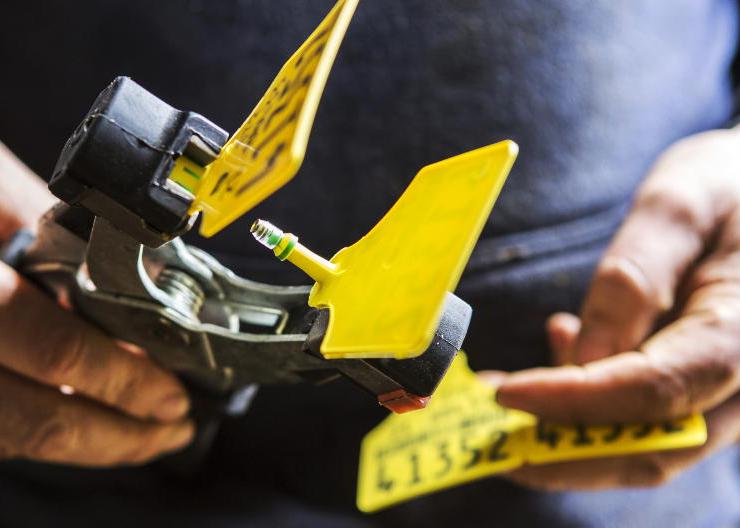The potential role of animal identification in enhancing the day-to-day running of a farm continues to gain increased traction. The greatest uptake in recent years has been achieved via electronic identification (EID), either through EID tags or collars.
Sales of EID bovine tags have been on an upward trajectory over the last five years (underpinned by dairy farmers) and will now jump sharply following the introduction of mandatory electronic identification of all animals born since 1 July 2022.
Farmers ordering tags for the first time since the rules were introduced should note that the only tags which can now be ordered for registering births are EID tag sets. A tag subsidy, which will pay €1 per tag set on tags ordered since 1 January 2022 up to a maximum of €100 per holding, was introduced in January 2022 to go some way in covering the increased cost.
The subsidy will be paid automatically and operate until the €100 has been drawn down or a maximum of three years’ tag orders.
As mentioned above, there has been substantial growth in the use of neck collars or monitoring tags in dairy enterprises. These systems are discussed here. There has been a spotlight on collecting tissue samples via tagging of animals in recent weeks. The launch of the Sheep Improvement Scheme and the action requiring the purchase of genotyped/DNA sire-verified rams is discussed here.
The news that farmers will be required to continue to submit tissue samples under the Bovine Viral Diarrhoea National Eradication Programme for at least 2023 has been met by farmer disappointment.
The Irish Farmers Journal understands that discussions are still taking place between farm organisations and the Department of Agriculture on the potential of a subsidy to cover unforeseen sampling costs. Finally, discussions continue on the merits of rolling out a national DNA programme whereby every calf would be genotyped at birth.
The ship has sailed on this for 2023 but it is important that the conversation does not stop.
The potential role of animal identification in enhancing the day-to-day running of a farm continues to gain increased traction. The greatest uptake in recent years has been achieved via electronic identification (EID), either through EID tags or collars.
Sales of EID bovine tags have been on an upward trajectory over the last five years (underpinned by dairy farmers) and will now jump sharply following the introduction of mandatory electronic identification of all animals born since 1 July 2022.
Farmers ordering tags for the first time since the rules were introduced should note that the only tags which can now be ordered for registering births are EID tag sets. A tag subsidy, which will pay €1 per tag set on tags ordered since 1 January 2022 up to a maximum of €100 per holding, was introduced in January 2022 to go some way in covering the increased cost.
The subsidy will be paid automatically and operate until the €100 has been drawn down or a maximum of three years’ tag orders.
As mentioned above, there has been substantial growth in the use of neck collars or monitoring tags in dairy enterprises. These systems are discussed here. There has been a spotlight on collecting tissue samples via tagging of animals in recent weeks. The launch of the Sheep Improvement Scheme and the action requiring the purchase of genotyped/DNA sire-verified rams is discussed here.
The news that farmers will be required to continue to submit tissue samples under the Bovine Viral Diarrhoea National Eradication Programme for at least 2023 has been met by farmer disappointment.
The Irish Farmers Journal understands that discussions are still taking place between farm organisations and the Department of Agriculture on the potential of a subsidy to cover unforeseen sampling costs. Finally, discussions continue on the merits of rolling out a national DNA programme whereby every calf would be genotyped at birth.
The ship has sailed on this for 2023 but it is important that the conversation does not stop.










SHARING OPTIONS